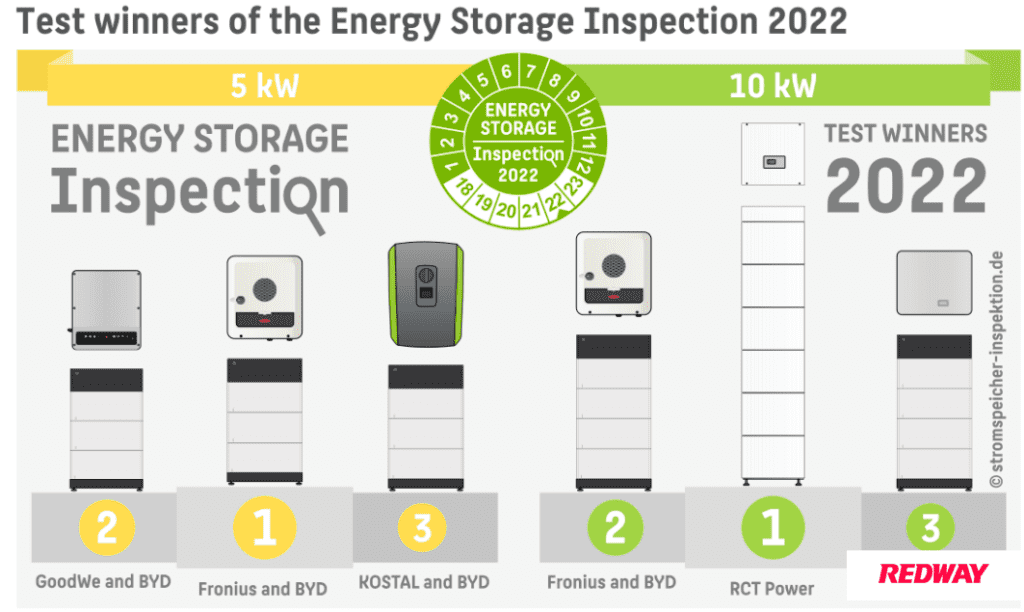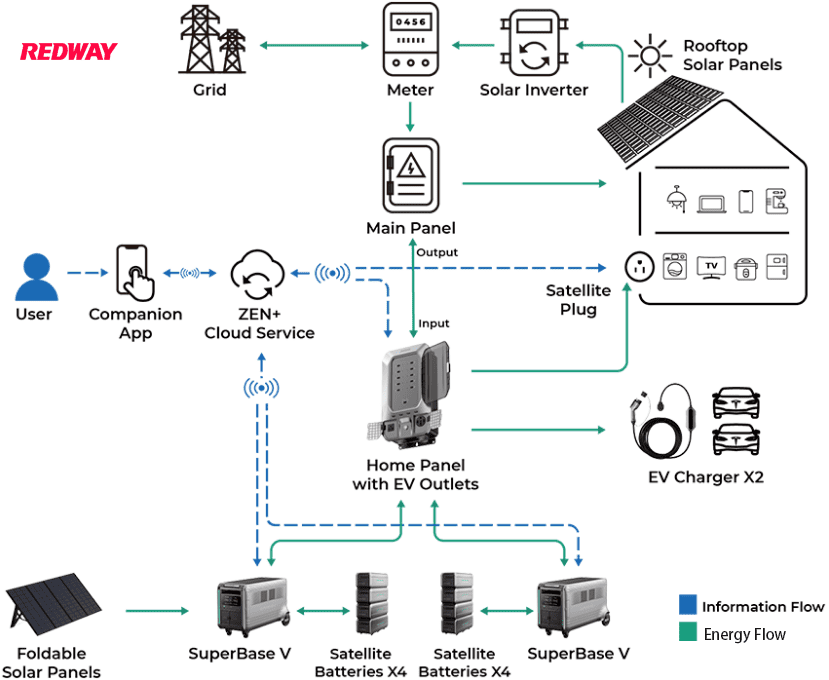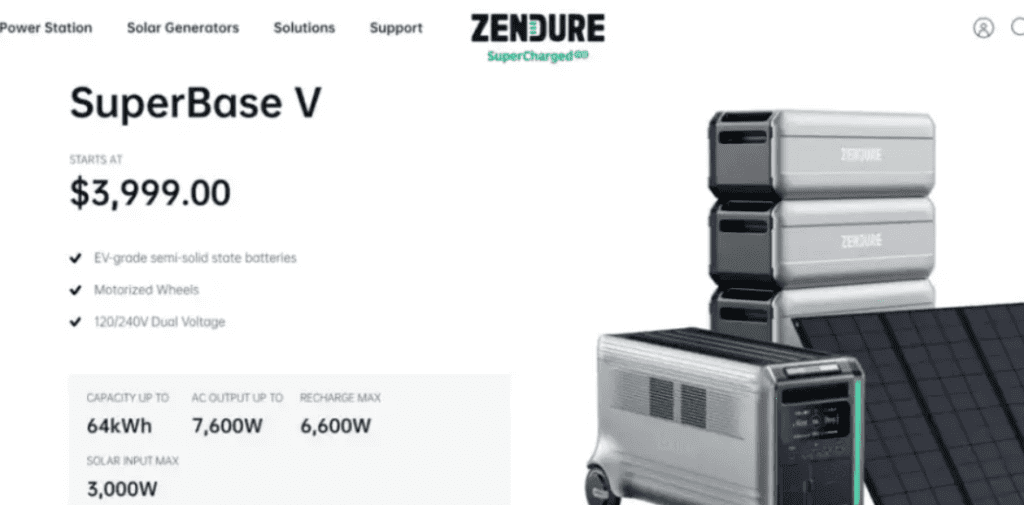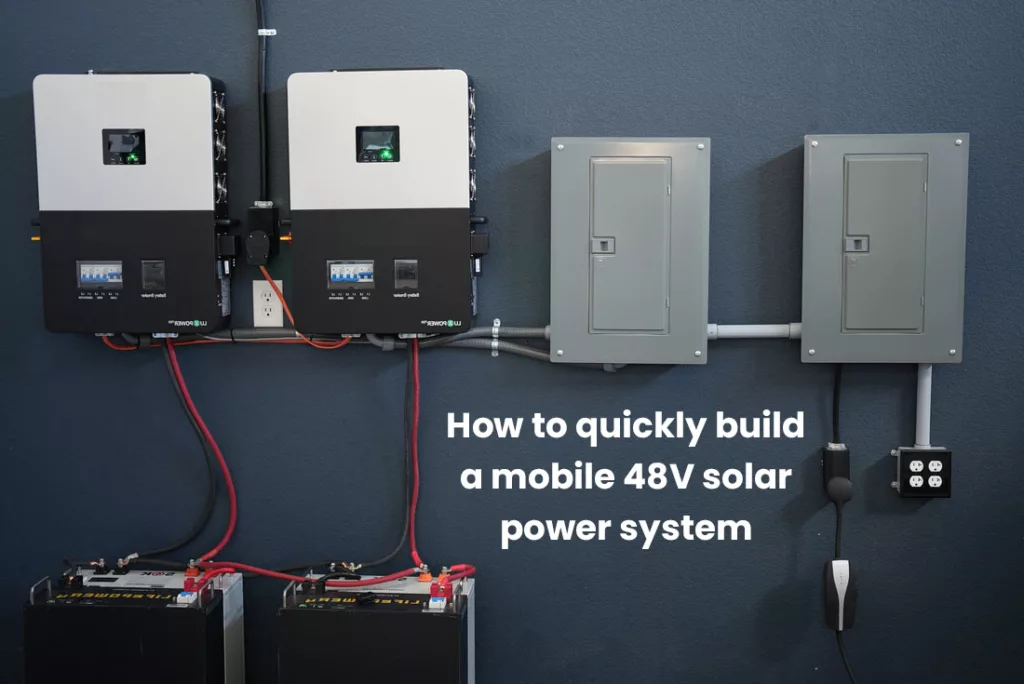In 2022, the UK HOME-ESS market surged, with an additional installed capacity of 0.29GWh thus making it the third-largest HOME-ESS market in Europe after Germany and Italy.
As a result, some companies have achieved revenue growth ranging from 100 million to 1 billion in the UK market alone.
However, in October 2023, as Solar & Storage Live UK approached, the demand in the UK market dwindled.

#post_seo_title
In 2022, the UK HOME-ESS market saw a surge in demand. With a per capita GDP of $46,500 in the UK with the rising electricity costs which accounted for approximately 10% of a typical household’s monthly income, made it a favorable market. The situation was similar to the markets in Germany and Australia. Per capita GDP provides stability, but electricity prices are subject to fluctuations depending on supply and demand thus creating the largest uncertainty.
Since 2022, electricity prices in the UK had reached historic highs. However, by October 1, 2023, these prices had declined by over 80%, with the latest price standing at £98.02/MWh.

#post_seo_title
To address the issue of high electricity prices, the UK’s energy regulator, Ofgem, introduced the Energy Price Guarantee.
The UK lacks the foundation for pure photovoltaic development.
Solar and storage go hand in hand, and many HOME-ESS demands are driven by solar photovoltaics. However, this logic doesn’t seem to hold in the UK.
Solar panels are most effective when exposed to light intensities above 1000w/m2, and in the UK, over 80% of the land area receives light intensities below 1000w/m2.
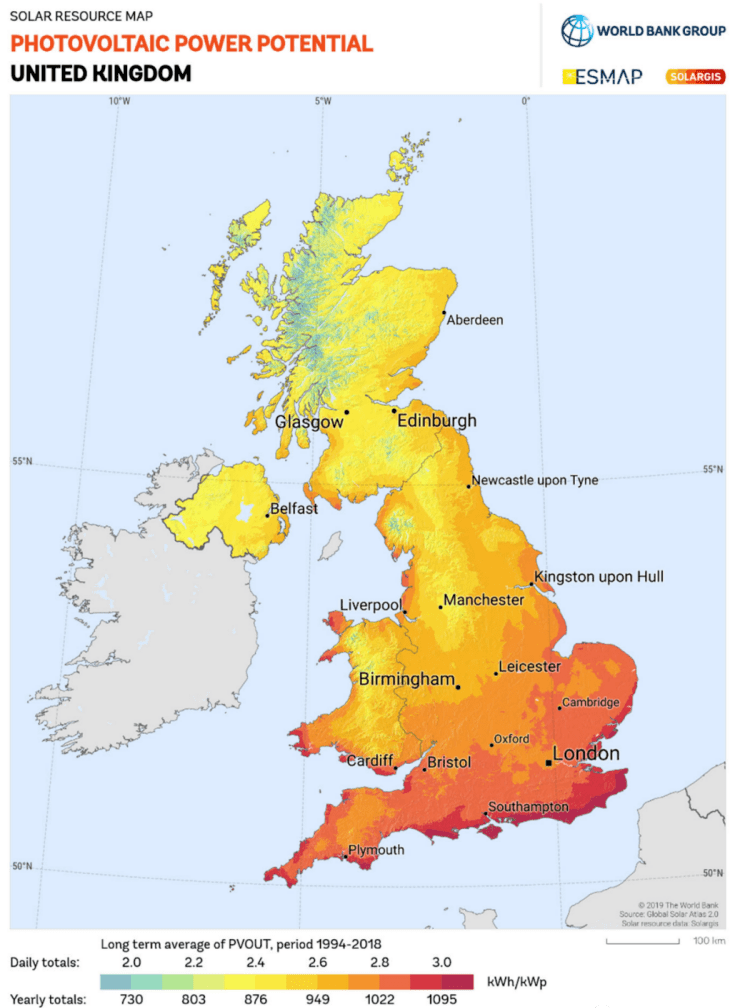
#post_seo_title
It’s precisely for this reason that many manufacturers couldn’t anticipate the intense demand for HOME-ESS in the UK last year.
Furthermore, due to the relatively limited sunlight in the UK, British homeowners tend to install windows on their rooftops to increase natural lighting. The irregular roof structures in the UK make it challenging to install solar panels, which is why there won’t be a significant demand for HOME-ESS photovoltaics in the country.

